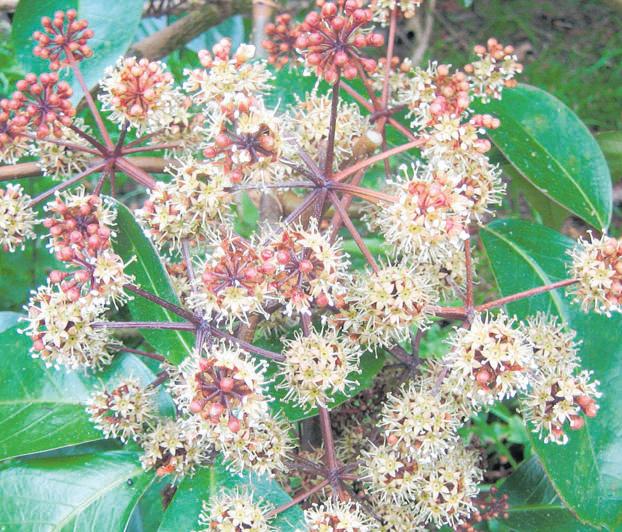
8 minute read
Gardening
Birdsandbees willloveyoufor thelaetus flowersand berries.

Promiscuous pseudopanax
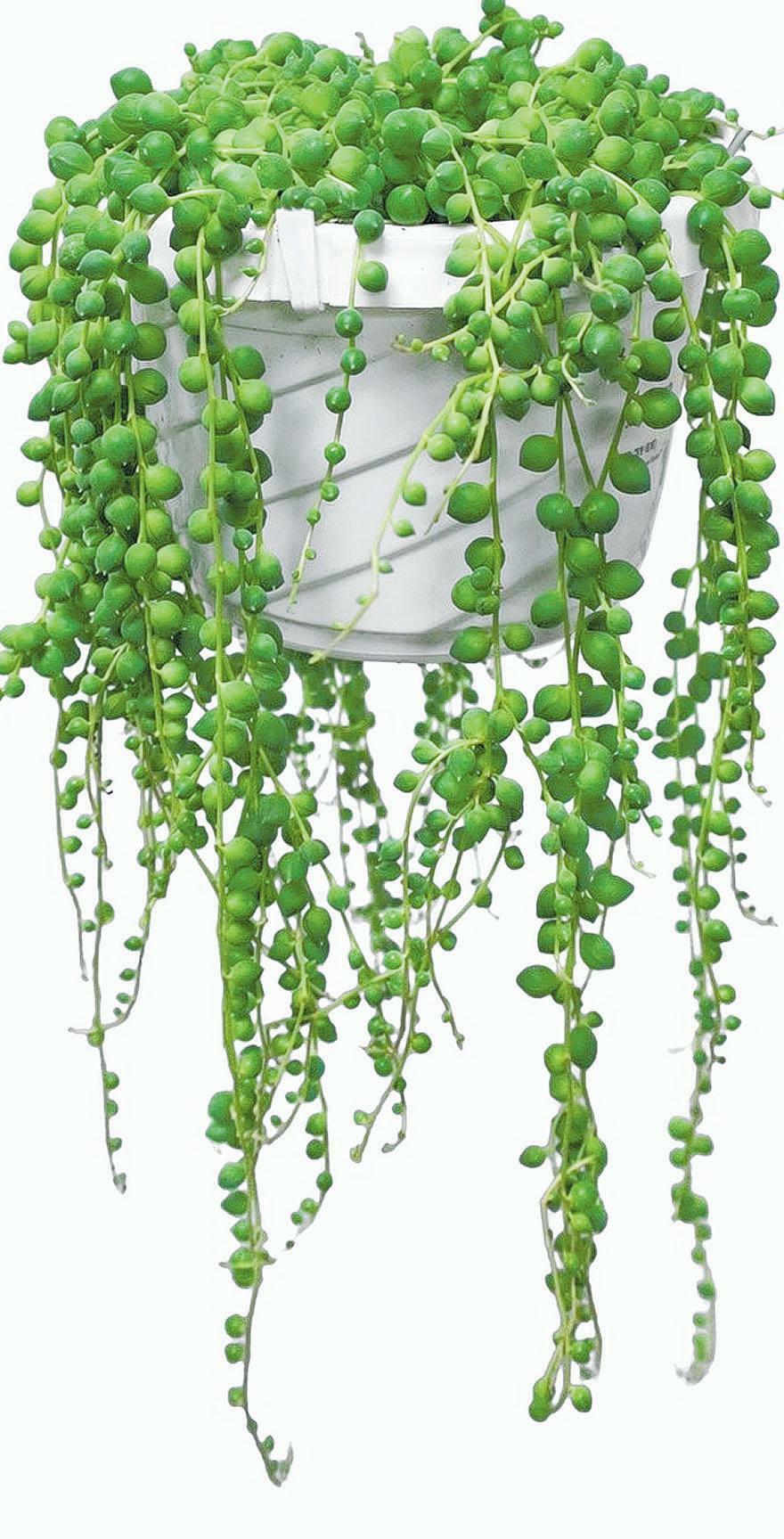
Birds and bees? Leigh Bramwell reveals the secret, and sexy, lives of these surprising plants
MOST PLANTS ARE described by their colour, texture, flowers and habit. Hardy, for example. Upright. Strap-like. Fleshy. Not exactly inspiring.
But you couldn’t accuse our native pseudopanax of having a boring description. Its name actually means ‘false ginseng’; but that’s not the interesting part. What is far more titillating is that in some circles, it’s known as one of the most promiscuous plants around. Yes, I did say promiscuous.
According to the Oxford Dictionary, the word means ‘having or characterised by many transient sexual relationships; demonstrating or implying an unselective approach; indiscriminate or casual’. So much more exciting than ‘hardy’.
Despite the obviously gregarious nature of the pseudopanax, I never became intimate with them until quite recently, when the Partner brought a couple of leftover Pseudopanax laetus home from a job. They were bright (Laetus means bright), lush and subtropical-looking.
We were in the midst of a plan to thicken up the planting in an area adjoining our so-called native garden, and these looked perfect for the job. I became attracted.
I quickly looked them up and now I'm into a fullon affair — quite appropriately, since these promiscuous plants are often to be found having affairs with each other. Actually, the promiscuous ones are the lancewood and the coastal five-finger, which get it on whenever they occur in the same area. It’s quite encouraging to know that, because the skinny, stringy lancewood is far from pretty, and the Five Finger's not exactly gorgeous either, proving that looks aren’t everything.
My less common Pseudopanax laetus, on the other hand, are lush and voluptuous with plump green foliage and little white flowers emerging from plumcoloured buds. Pretty as, but ignored by potential lovers. Such is life.
Quite a few varieties of pseudopanax will grow in the deep south but Laetus is found naturally from Coromandel to Taranaki in forest margins and open scrub. Having said that, they’ll grow quite happily in a tub in your courtyard, provided they're given rich soil, sun or semi-shade, and shelter from the frost when they're young.
In the spot we’ve earmarked for them they should grow quite speedily to three or four metres upwards and outwards. The bright green leaves have distinctive red stems, and we'll get flowers and berries to attract birds and bees.
Not that we need more bees – happily, our neighbour has beehives and every now and then tour groups fly down to our place because, I reckon, they find it more interesting than flying around a kiwifruit orchard.
Thebright green, subtropicallookingleaves areheldondark redstems.
Pearls of wisdom
Bighouseplantsareonthewayout. Honestly.Iknowthisbecauseinthe pastweekI’vevisitedthreeorfour cafes,acoupleofdesignshopsand ahairsalonwheretheubiquitous Monstera,FiddleLeaffigandtheir mateshavebeenunceremoniously oustedby….getthis…..theStringofPearls.
Thesetinysucculentsarewell-named, althoughintruththeylookmorelikepeasthan pearls.Butlet’snotbepedantic.
Theroundleavesarecarrieddownlong, slenderstemsandthebestwaytodisplaythem isinahangingbasket,orbalancedontheedge ofatallbookcaseorwindowsill.
Youcanplantseveraltogetheronyourpot forareallylushdisplaybecausedespiteits delicateappearance,thisplantisavigorous growerandwillrapidlycoverthesurfaceofthe potandcascadedownthesides.Itmighteven flower—small,whitetrumpet-shapedflowers studdedwithcolourfulstamens.
Brightlight,somedirectsun,lightmoistureand well-drainingsoilareonitswishlist.Ifyoudo everythingrightthestemscanreachuptoa metreinlength.Ifthecatchewstheendsoff, don’tpanic—they’llgrowback.
STABLEHOUSE NURSERY
Landscape designer’s excess stock sale

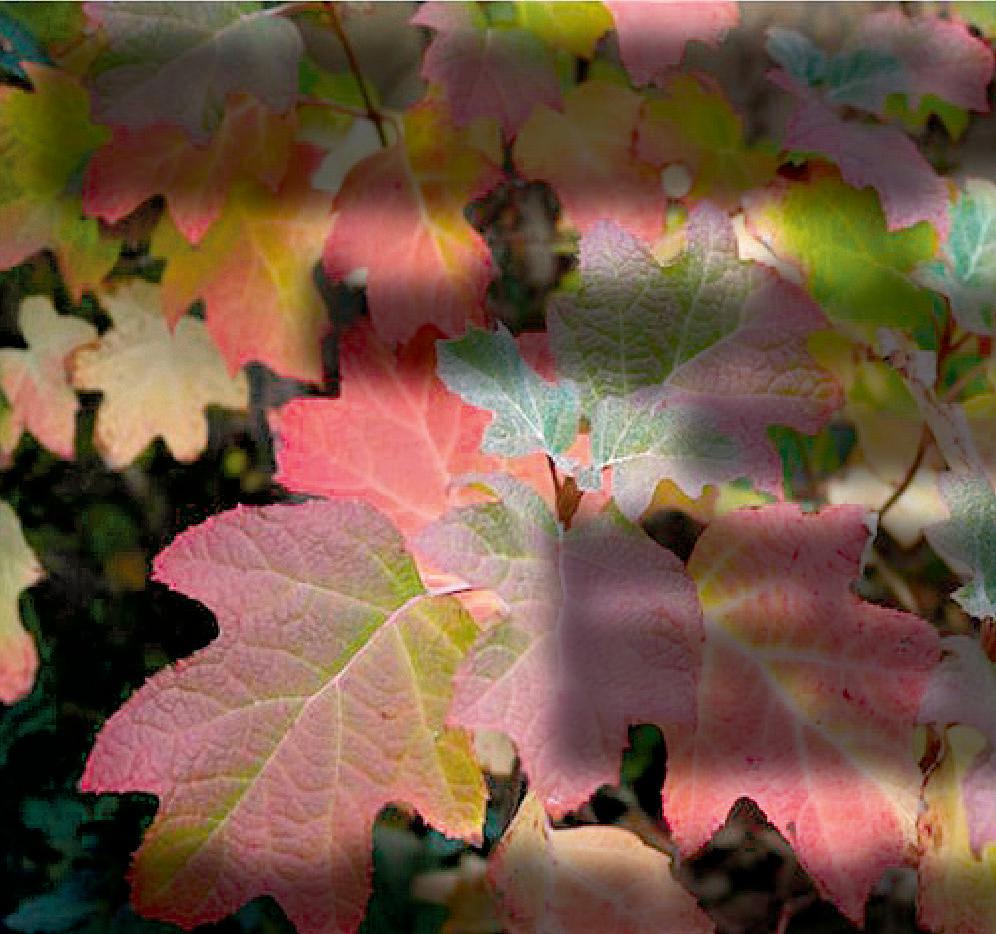
Includes mature trees, large specimens, peonies, blue bells & topiary. While stocks last
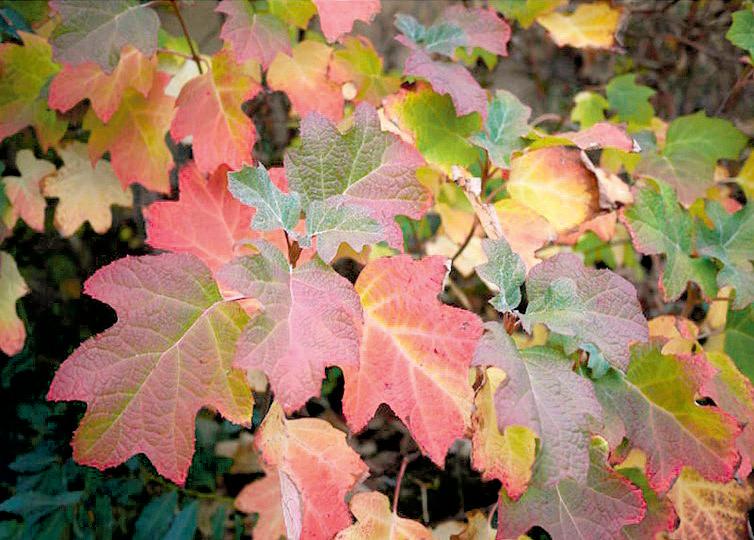
DO YOU NEED LIME IN YOUR GARDEN?
We can supply you with:
• Ag Lime for the lawn/garden • Rocks for the edging landscaping • Screen lime-chips for driveways & paths • Screened topsoil Cars, trailers and utes welcome
Grow your own Mushrooms
Only $15
bucket



Rare plant stops me in my tracks

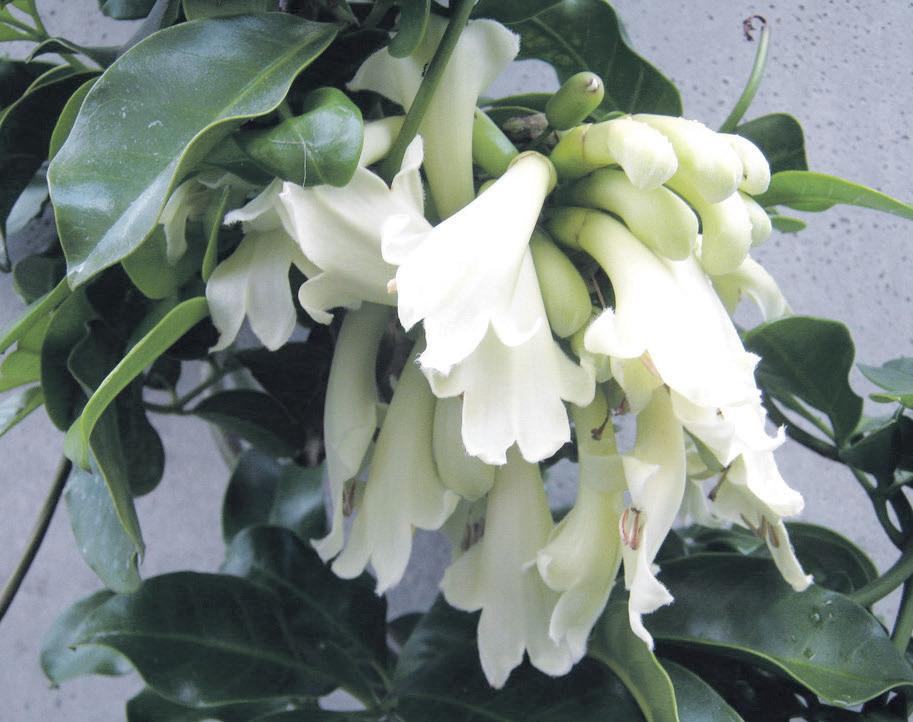
Three Kings Islands climber.
GARDEN TALK
GARETH WINTER
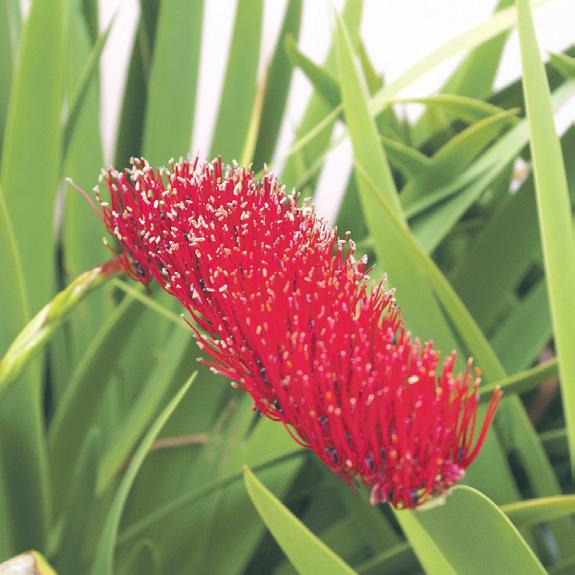
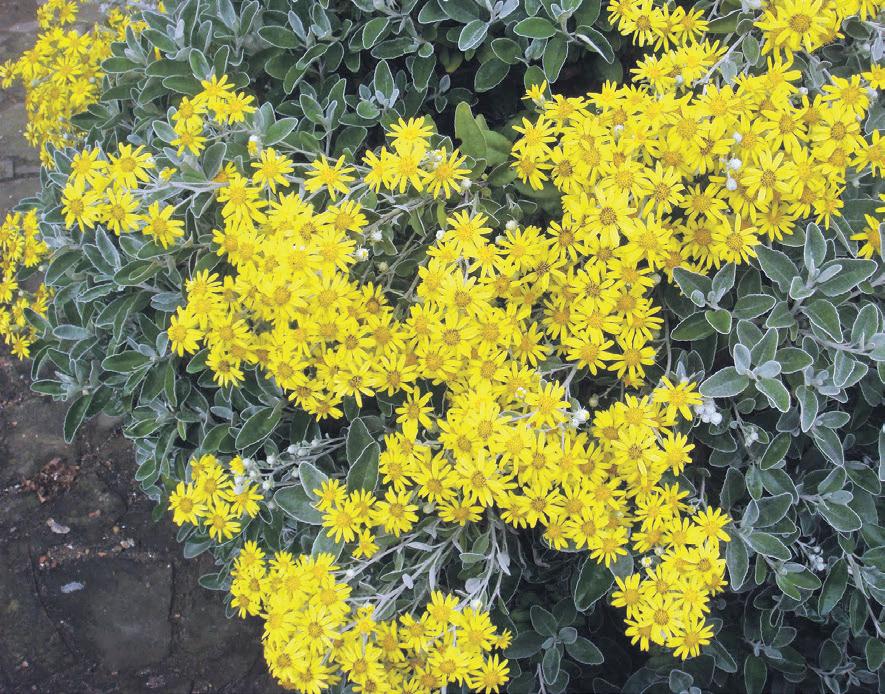
I was running through the Esplanade gardens in Palmerston North one morning last week when I stopped in my tracks, so to speak. Sitting on the path in front of me were some large trumpet-shaped fl owers, pale cream in colour. I was a bit confused, and looked around to see where they had come from.
At fi rst I thought they were maybe from a tropical rhododendron or something similar, but I could not see any shrub that had such fl owers on it. I could not see any fl owers – anywhere. I was confused.
Then I looked straight up.
I could see a few clusters of fl owers growing in the dark shade of a tree I suddenly recognised as a rata. That just made more confused, then I realised that the base of the tree had enormous branches circling it. I was looking at one of the world’s rarest plants growing in close to its natural way.
I was looking at an akapukaea, the Three Kings climber, Tecomanthe speciosa. This is a very vigorous climbing member of a family that otherwise only grows in the tropics. It has a remarkable history, in that it was only discovered on the Three Kings islands in 1945, and only one plant has ever been found in the wild.
It was growing on an inaccessible cliff face, safe from the goats that had eaten all its siblings. Rescued and brought into cultivation, it has become a feature of modern native gardens, even though it is very intolerant of frost.
I have seen it growing before, mainly on conservatory walls, or in warm, sheltered spots, and have always noted how strongly it grew, but this is the fi rst time I have seen it clambering through a mature tree. It has impressively large compound leaves in deep green.
It is an breathtaking sight in autumn, when clusters of cream-coloured tubular fl owers appear on the stems. Make sure you give it some good moisture retentive soil and keep it well away from frost and you’ll have a great New Zealand plant to show off .
Our off shore islands were the only known wild place for another of the most
Xeronema owers. Brachyglottis hybrid.
spectacular of all native plants, the fascinating Poor
Knights Lily, Xeronema callistemon. This incredible fl owering plant was only discovered less than a century ago, and only has only one close relative, a similar species that grows at high altitudes in New Caledonia.
Some of you will recognise the specifi c name as being the generic name for a group of Australian bottlebrushes, and will quickly be able to guess at the shape of the fl ower. And you would be right – it is a long tube of bright red stamen looking for all the world like a one-sided bottlebrush.
The plant itself is also attractive, looking very similar to a small fl ax, which it was no doubt confused with, explaining why it was not botanically discovered until the 1920s. Growing as it does in cliff s on an extinct volcano, it will not come as a surprise that it needs great drainage to grow well and will not tolerate boggy conditions.
As the plants are frost tender, they are probably best grown in containers in Wairarapa, or in planter boxes in warm situations. They will grow to about a metre high, with slightly tiff upright
PHOTOS/SUPPLIED
leaves. The fl ower stems also start out by growing upwards, but as the fl owers open, they fl atten out and grow horizontal from the base.
Truly a glorious native that puts paid to the idea that there are no colourful indigenous fl owers.
Most Wairarapa gardeners do not know this, but our region has contributed one of the most popular of New Zealand’s coastal plants to the work of horticulture. Growing along the coastline from about the Pahaoa River around to Cape Turakirae, basically the shoreline of Cape Palliser and slightly further north, is the wonderful grey-leaved shrub, Brachyglottis greyi.
This is the extremely popular shrub often just called the daisy bush, because of the bright yellow fl owers that are carried in abundance over the warmer months. Borne over the grey foliage, the eff ect is stunning.
The plant usually grown in the nursery trade as Brachyglottis greyi is probably a hybrid, as a group of varieties were raised from this and related species, including the Castlepoint daisy, B. compacta, only found wild in the Castlepoint area. This is similar but has slightly greener leaves and is probably just a little smaller than the other species.
I grow a couple of diff erent forms and would not be without them in the garden as they provide such a good contrast with their lightly coloured foliage. They are very hardy and can cope with drought and wind very well. Despite being coastal dwellers, they seem fully hardy to frost as well. They are amazingly easy to grow, although they do benefi t from an annual trim.
PLANT NOW!
We’ve got everything you need...
RHODODENDRONS

CAMELLIAS
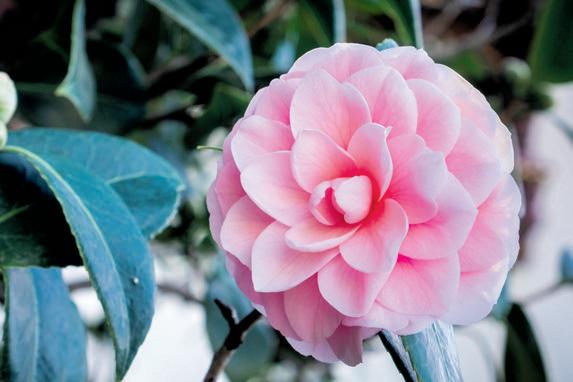
FRUIT TREES AND DWARF FRUIT TREES
STRAWBERRIES

GARLIC
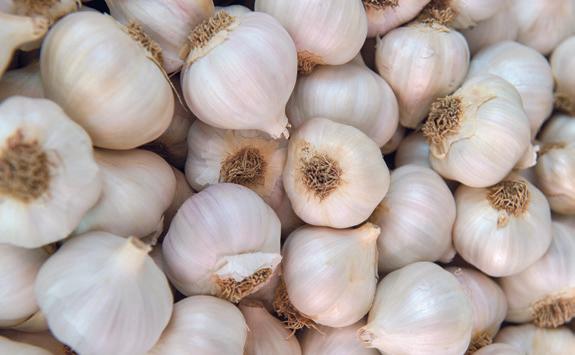
ROSES, PRUNING GLOVES AND TOOLS
POTTING MIXES, FERTILISERS AND TONICS





